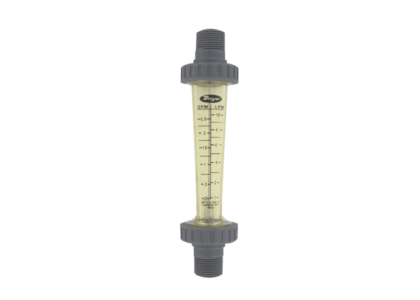Natural disasters can strike without warning, causing major disruptions to businesses and their supply chains. In recent years, we’ve seen a rise in the frequency and severity of events like hurricanes, floods, wildfires, and earthquakes. These disasters can lead to a wide range of supply chain challenges, such as:
– Physical damage to facilities
– Workforce shortages
– IT system disruptions
– Supplier shutdowns
– Transportation delays
– Product shortages
For example, in 2011 the Thailand floods impacted around 25% of global hard drive production, forcing major manufacturers like Western Digital and Seagate to cut output and allocate supply. The COVID-19 pandemic also exposed vulnerabilities, with lockdowns and factory closures disrupting the flow of goods worldwide.
So how can companies protect their supply chains from these threats? Here are some key strategies that have helped businesses weather the storm:
1. Increase Visibility and Transparency
Lack of end-to-end supply chain visibility is a major obstacle to effective disaster response. Companies need to map out their entire supplier network, including lower tiers, to uncover hidden vulnerabilities. Automated systems can help identify at-risk shipments and facilities based on weather forecasts.
For instance, a candy maker may need to switch to refrigerated transport when extreme heat is predicted, while a manufacturer can reroute shipments to avoid a dangerous storm. Transparency also allows companies to quickly assess the impact of an event and execute contingency plans.
2. Build in Flexibility and Redundancy
Relying on a single supplier or facility in a high-risk area is a recipe for disaster. Companies should diversify their supplier base and manufacturing footprint to create backup options. This could mean having a second plant in a different region that can take over production if one site goes offline.
It’s also important to maintain safety stock and excess capacity to absorb shocks. Contracts with multiple carriers and warehouses provide flexibility in transportation and storage. Regularly testing contingency plans helps ensure they work when needed.
3. Collaborate with Supply Chain Partners
Weathering a major disruption requires coordination across the entire supply chain. Companies should work closely with suppliers, customers, and logistics providers to share information, align plans, and provide mutual support. Joint business continuity planning helps ensure everyone is prepared.
For example, a manufacturer may need to work with suppliers to expedite critical parts, while a retailer collaborates with transportation providers to prioritize deliveries to high-demand stores. Ecosystem partnerships can also provide access to shared resources and expertise.
4. Leverage Technology and Analytics
Advanced technologies like AI, IoT, and cloud computing are powerful tools for building supply chain resilience. Predictive analytics can help forecast demand spikes and identify potential bottlenecks. Prescriptive analytics provide recommended actions to mitigate risks.
For example, an automotive company used risk modeling to quantify flood exposure across its supply base, revealing that over 90% of revenue at risk was driven by just seven critical suppliers. This data-driven insight was crucial for informing mitigation strategies.
5. Adopt a Proactive Mindset
Waiting for a disaster to strike is a recipe for chaos. Companies need to take a proactive approach to supply chain risk management. This means continuously monitoring for emerging threats, stress-testing plans, and making resilience a strategic priority.
Scenario planning helps teams envision potential disruption events and rehearse responses. Investing in risk mitigation upfront, such as hardening facilities against natural disasters, can pay off many times over when an event occurs. A proactive mindset also means being willing to make tough decisions, like shifting production or walking away from high-risk suppliers.





